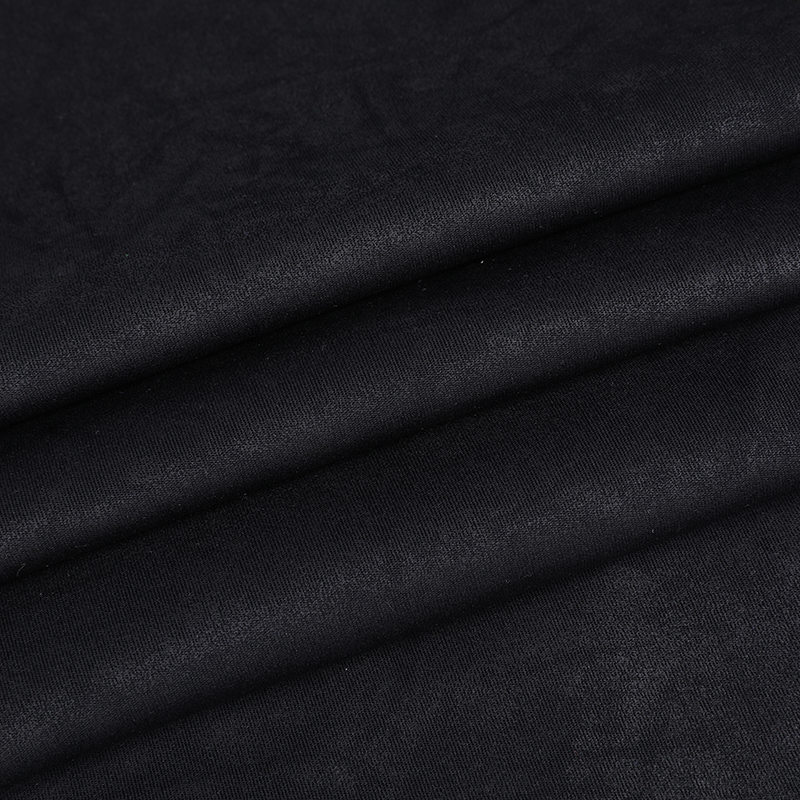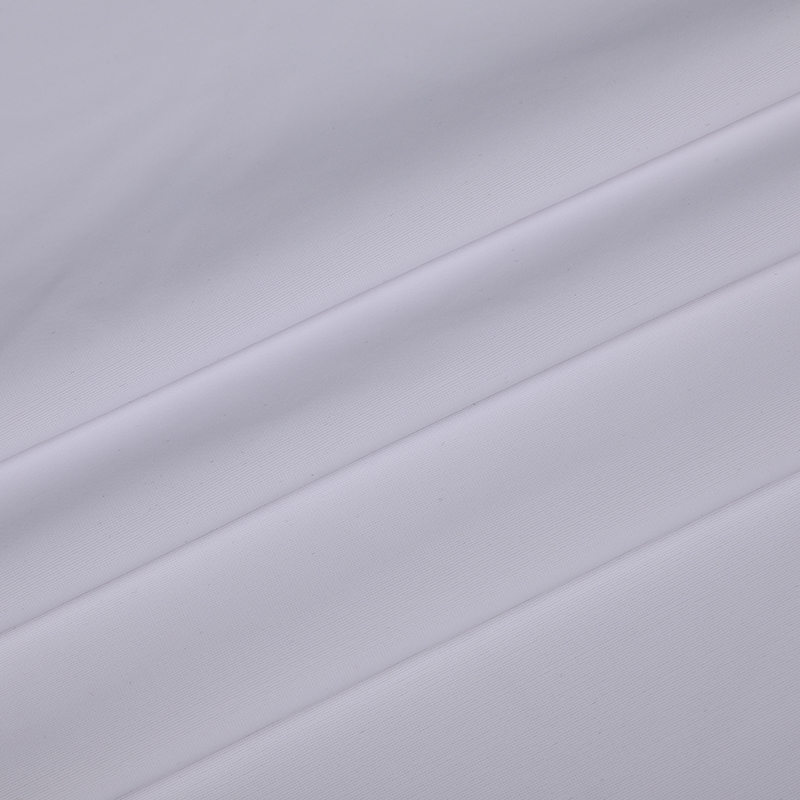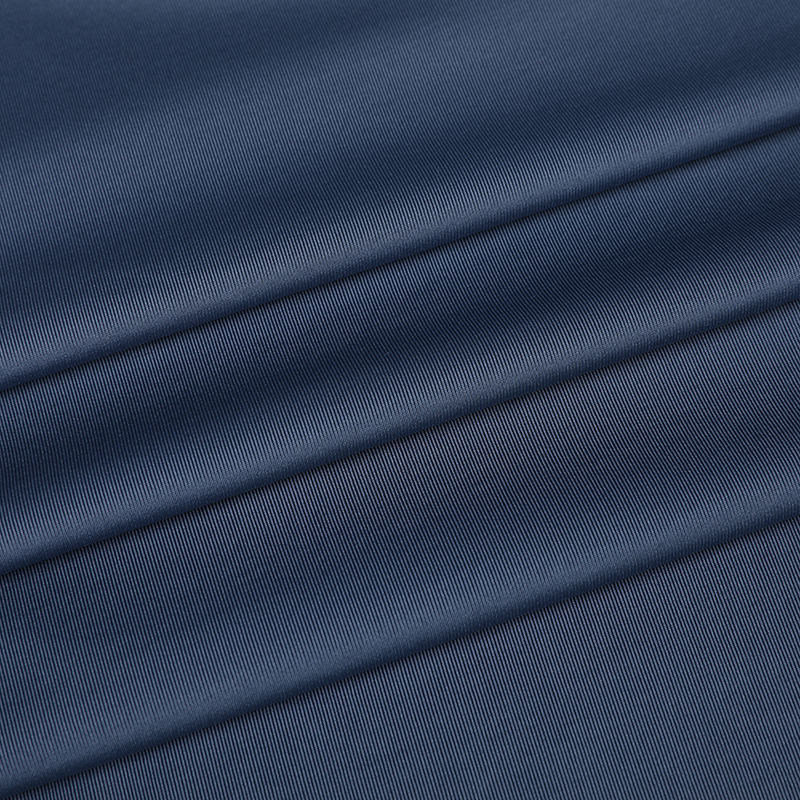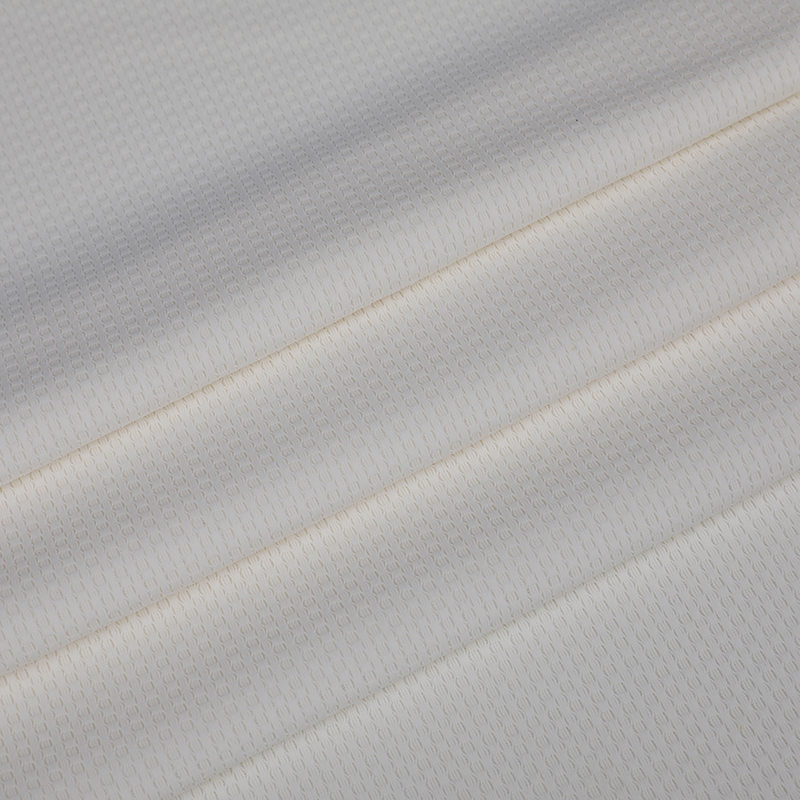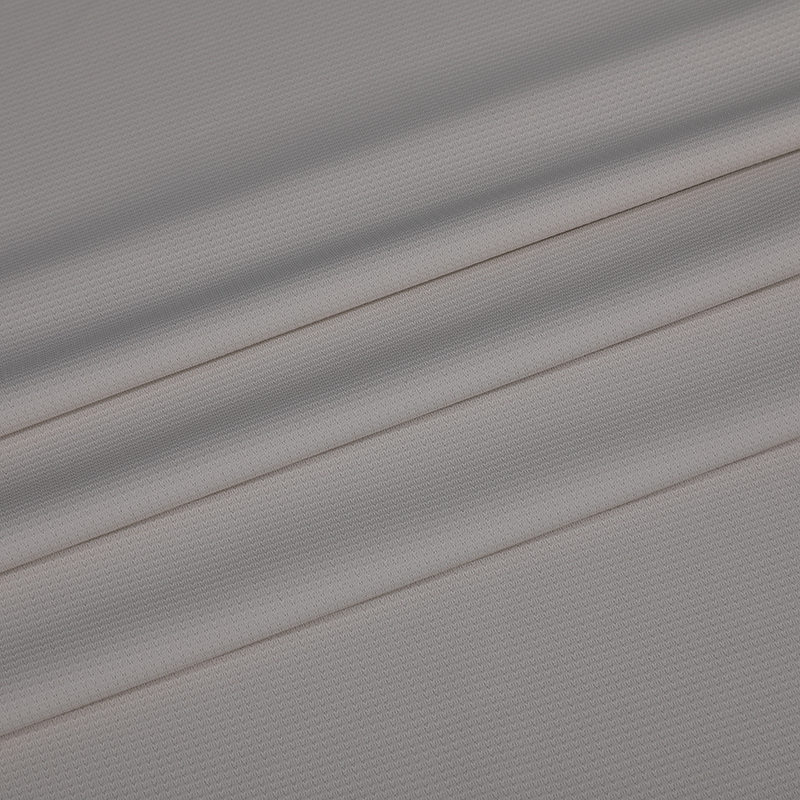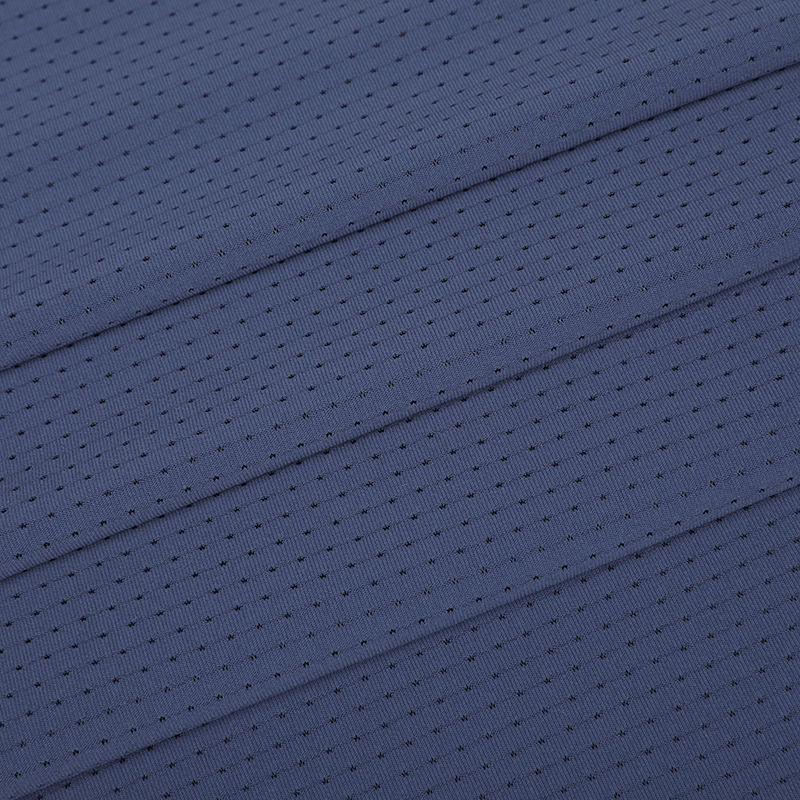Submit feedback
How to redefine the summer wear experience in casual fabrics
2025-06-12
Breakthrough progress in breathability
The modern leisure fabric has made significant breakthroughs in breathability, thanks mainly to innovative fiber structures and braiding processes. By adopting special hollow fiber technology and three-dimensional weaving methods, the fabric can form microscopic airflow channels while maintaining integrity, promoting natural air circulation. This structural design increases the sweat evaporation rate by more than 30% compared with traditional cotton fabrics, effectively reducing the body surface temperature and allowing the wearer to remain dry and comfortable in high temperature environments.
Advances in materials science have further improved the breathing performance of fabrics. The new leisure fabric realizes intelligent humidity management function by adjusting the balance of hydrophilicity and hydrophobicity of the fiber surface. When the increase in the surface humidity of the skin is detected, the fabric can automatically adjust the fiber arrangement density to speed up the moisture discharge speed. This dynamic adjustment mechanism allows summer clothing to actively adapt to different activity intensity and changes in the external environment, providing a personalized and comfortable experience.
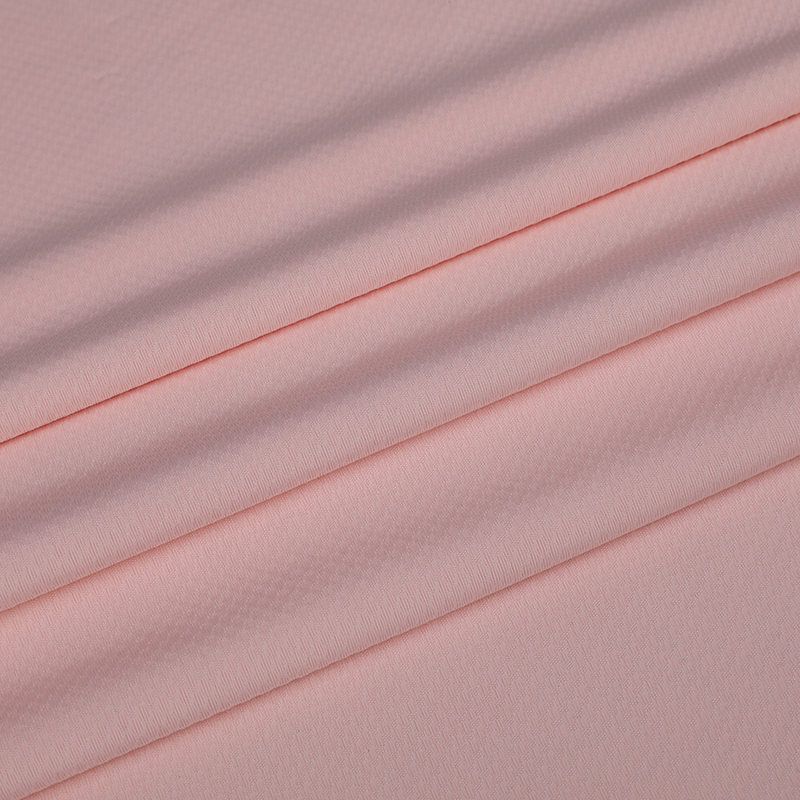
The perfect combination of lightweight and soft touch
Leisure fabric’s lightweight innovation has completely changed the feeling of wearing summer clothing. The latest ultrafine denier technology has reduced the weight of fabrics by more than 40% compared to traditional materials, but it still maintains excellent durability and wrinkle resistance. This near-invisible dressing experience is particularly suitable for a modern lifestyle that pursues freedom of movement, providing unrestrained comfort whether it is daily commuting or outdoor recreation.
The breakthrough in softness is also eye-catching. Through special fiber treatment and finishing technology, contemporary leisure fabric can simulate the soft touch of natural materials, while overcoming the disadvantages of wrinkles and deformation of traditional materials such as cotton and linen. Some high-end products even realize the characteristics of "the more you wash, the softer you get". Through the special molecular structure design, the fabric can still maintain its initial soft texture after multiple washings, greatly extending the service life and comfortable experience of the clothing.
UV protection and temperature regulation functions
The protective performance of summer clothing has become the key direction of leisure fabric research and development. Modern technology integrates ultraviolet protection factor (UPF) directly into the fiber molecular structure to create smart fabrics with permanent sun protection. Unlike traditional sun protection effects achieved by relying on coatings, this built-in protection mechanism does not decay due to washing or friction, providing a long-lasting and reliable UV barrier for outdoor activities.
Temperature regulation technology is another major breakthrough. The leisure fabric using phase change materials can absorb, store and release heat, and produce active cooling effect in high temperature environments. When the ambient temperature rises, the smart microcapsules in the fabric absorb excess heat; when the temperature drops, the stored heat is released to form a dynamic temperature balance system. This adaptive temperature control function allows the garment to automatically adjust the microclimate according to changes in the external environment, creating a consistent and comfortable experience for the wearer.
Innovative practices of environmental protection and sustainability
Sustainable development has become the core consideration of leisure fabric research and development. The large-scale application of bio-based fibers significantly reduces the carbon footprint of the fabric. Plant-source materials such as eucalyptus fiber and seaweed fiber not only have excellent summer wear characteristics, but also greatly reduces water resources and energy consumption during the production process. These environmentally friendly materials achieve nearly zero pollution through closed-loop production processes, providing a feasible solution for the green transformation of the fashion industry.
Advances in recycling technology have made the recycling of leisure fabric a reality. Chemical depolymerization process can reduce waste textiles to original monomers and re-spin them into high-quality fibers. This closed-loop regeneration system not only solves the problem of textile waste treatment, but also significantly reduces the dependence of new fabric production on native resources. The popularization of water-based dyeing and finishing processes has further reduced the use of toxic chemicals, making the entire production chain cleaner and more environmentally friendly.
Intelligent development of multi-functional integration
Leisure fabric is moving towards multi-function integration, and a single fabric can have multiple practical functions at the same time. The properties of anti-mosquito, antibacterial, deodorization, etc. are directly integrated into the fiber structure through molecular technology, and long-term effective protective effects can be achieved without additional chemical treatment. This integrated design avoids the common problems of stiff touch and breathability reduction in traditional functional clothing, and maintains the light and transparent characteristics that summer clothing should have.
The introduction of intelligent response technology has created new possibilities. Some innovative leisure fabric can automatically adjust sun protection level according to ambient light intensity, or adjust breathability performance as the body moves. Fabrics embedded in flexible sensors can even monitor physiological indicators, providing data support for health management. These intelligent features blur the boundaries between daily clothing and functional equipment, redefining the value connotation of summer wear.
Multi-dimensional expansion of fashion expression
Leisure fabric’s technological advancements open up new creative spaces for summer clothing design. Innovative dyeing and finishing technology enables fabrics to present brighter and longer-lasting colors while maintaining excellent breathability and comfort. Laser engraving, digital printing and other processes have achieved unprecedented pattern accuracy and detailed expression on thin and light fabrics, meeting consumers' needs for personalized expression.
Material mixing creates a rich visual layer. The contrast between transparent and opaque, matte and gloss can be achieved through a single leisure fabric, freeing from the stuffy feeling brought by traditional multi-layer design. The innovative structural design allows the fabric to produce dynamic light and shadow changes with the body movement, adding agility to the simple style. These breakthroughs allow functional fabrics to meet the aesthetic requirements of high-end fashion.
Future development trends and prospects
Leisure fabric’s innovative development will continue to deepen. Self-repair fiber technology is expected to solve common tucked wear problems in summer clothing, and nano-level structural design will further optimize the protection and comfort performance of the fabric. The intelligent temperature regulation system will respond more accurately to individual differences and environmental changes, providing a truly personalized dressing experience.
Sustainable technology will make greater breakthroughs. Carbon capture fibers and photosynthesis fabrics may become the innovative direction of the next generation of *leisure fabrics, allowing clothing to not only reduce environmental burdens, but also actively improve the surrounding microenvironment. Continuous optimization of biodegradable performance will achieve harmless decomposition after the service life of the clothing and completely solve the problem of textile waste treatment.



 English
English 中文简体
中文简体 Español
Español 日本語
日本語


